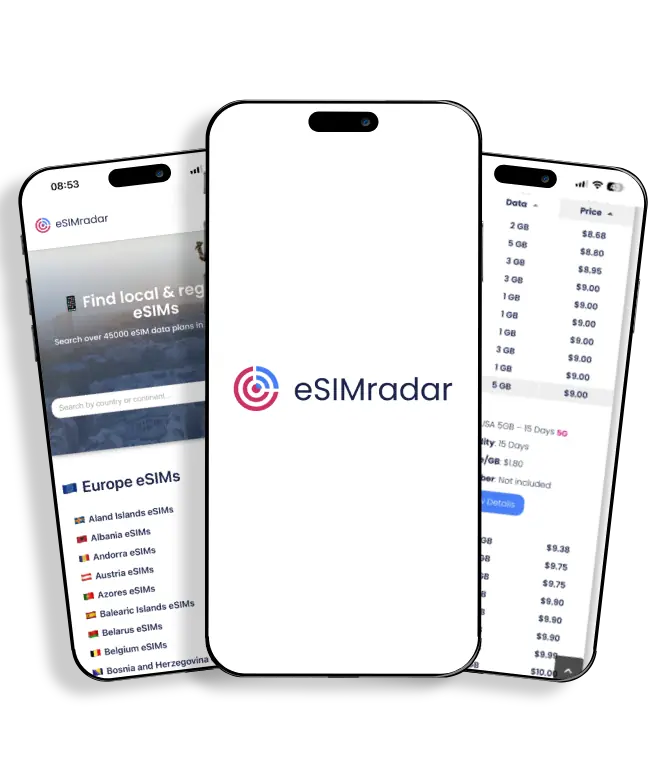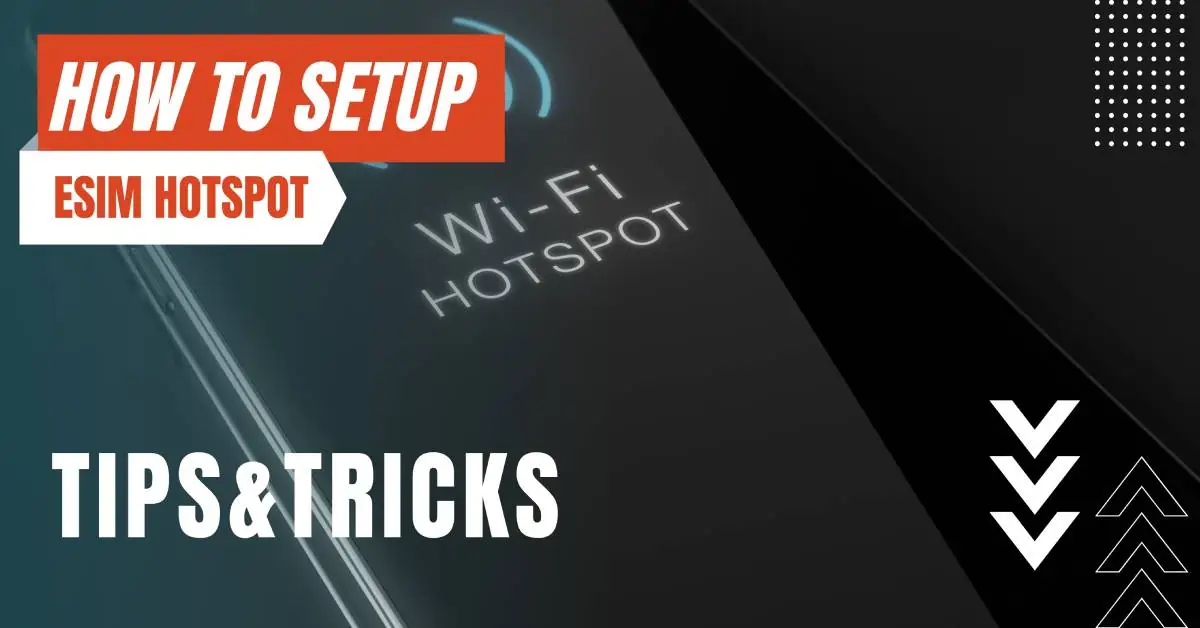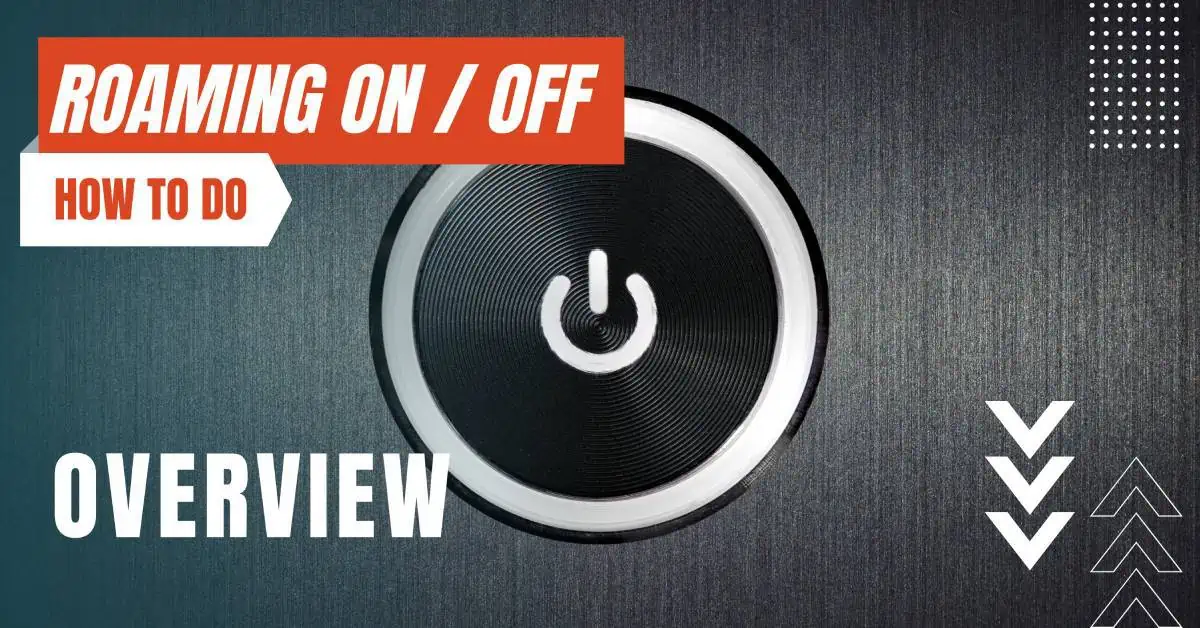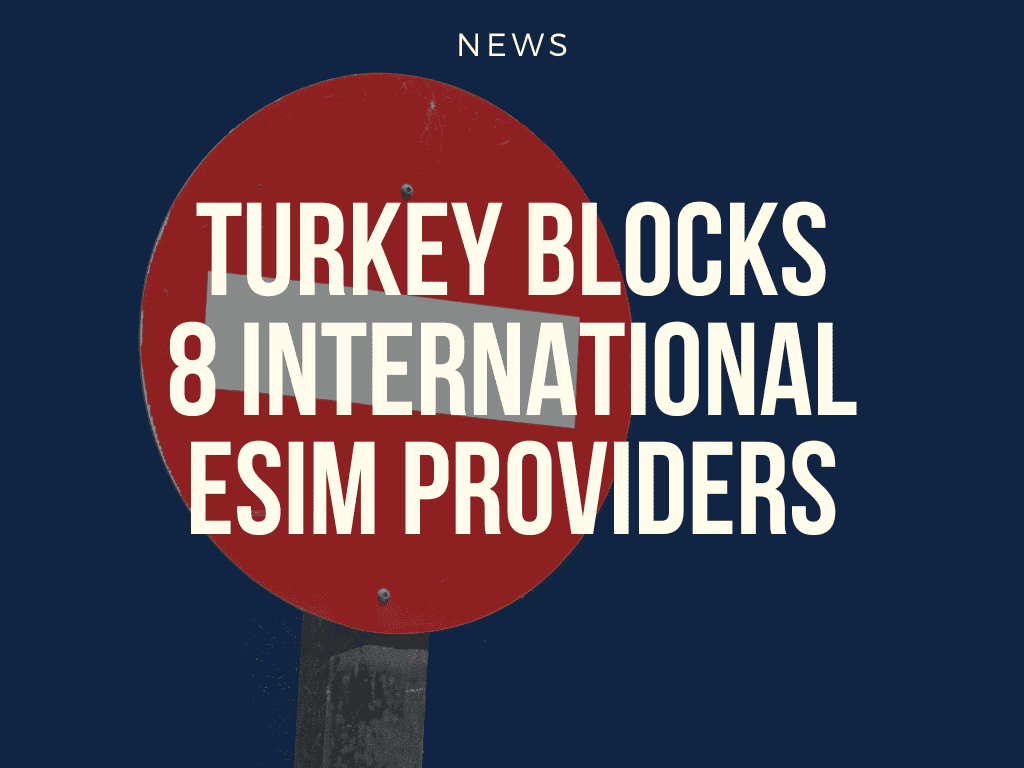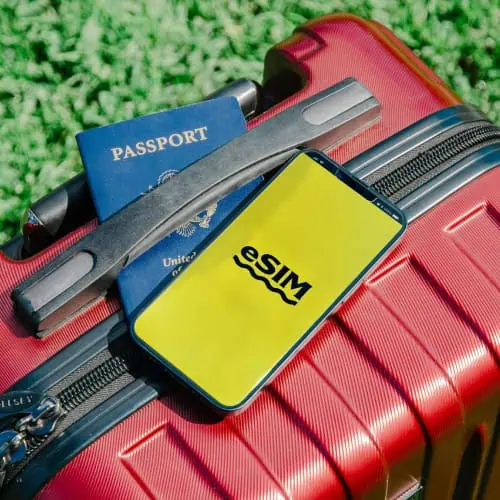All of the products and services we feature are chosen independently. If you click through links we provide, we may earn a commission. Learn more
Written by: Emily Chen
Data Roaming On or Off at Home
- Updated: September 7, 2024 | Published:
In today’s digital age, mobile internet has become an indispensable part of our lives. Whether we’re navigating unfamiliar streets, checking emails, or staying connected on social media, mobile internet ensures we’re always plugged in, even without WiFi.
But what happens when we travel abroad? Enter data roaming.

Understanding Data Roaming
Data roaming is essentially a service provided by mobile carriers that allows your device to connect to the internet when you’re outside your home network or country.
It’s like an international passport for your mobile data, granting your device the ability to latch onto foreign networks outside your local carrier’s reach. So, if you’re keen on staying online while traveling, data roaming is one of the tools at your disposal.
Data Roaming at Home
At home, the concept of data roaming might seem redundant. After all, you’re within your carrier’s coverage.
But here’s the catch: toggling data roaming on or off doesn’t really affect your coverage domestically.
It’s not a magic switch to boost signals in those pesky network blind spots, especially in rural areas.
Potential Issues with Keeping Data Roaming On
While data roaming is a boon for globetrotters, it’s not without its pitfalls. The most glaring one? Cost. Turning on data roaming without being mindful can lead to a nasty surprise in the form of a hefty bill upon your return.
And it’s not just about intentional usage; even background apps refreshing can accrue charges.
Moreover, if you reside close to international borders, there’s a chance your device might connect to a tower from the neighboring country, leading to inadvertent roaming charges.
Think of someone in Texas near the Mexico border or in Washington State close to Canada.
When to Consider Turning Data Roaming On
Traveling abroad and need to access online maps? Or perhaps you want to share updates with family and friends?
In such cases, data roaming can be your ally. But remember, it comes at a price, often higher than domestic data rates. It’s essential to be aware of these charges and perhaps even set data limits to avoid bill shocks.
Recommendations
For those at home, it’s advisable to keep data roaming off to sidestep potential issues. When traveling, consider turning it on only when necessary. Better yet, explore alternatives:
- WiFi: Many places offer free WiFi, from cafes to airports.
- Local SIM Cards: These can be purchased upon arrival and offer local data rates, which are often cheaper than roaming charges.
- eSIM: A newer technology, eSIMs are embedded in the device and can be activated remotely. They offer the flexibility of switching between profiles, making it easier for frequent travelers.
Data roaming is a double-edged sword.
While it offers the convenience of staying connected internationally, it comes with its set of challenges, primarily cost-related. Being informed and cautious can help you make the most of this service without burning a hole in your pocket.
By entering your email & signing up, you agree to receive promotional emails on eSIMs and insider tips. You can unsubscribe or withdraw your consent at any time.

About The Author
Spread the Word, Share the Joy
Compare eSIMs
Why keep the secret to yourself? Spread the joy of eSIMradar and let everyone in on the eSIM experience!

Easy eSIM Comparison for Your Needs
Simplifying your search! Easily compare eSIM plans tailored to your specific needs

Coverage in 210+ Countries
Benefit from our extensive eSIM comparison with 30+ providers in over 210 destinations.

Save money without second-guessing
Our platform helps you maximize value, ensuring competitive prices.

Enjoy Hassle-Free Travel Abroad
Whether you’re on holiday or a business trip abroad, stay connected with ease and focus on enjoying your experiences,
Find Your Perfect eSIM & Exclusive Deals!
Find your ideal eSIM effortlessly and stay connected in style wherever your adventures take you! Get exclusive deals and discounts at your fingertips, ensuring you get connected for less on your travels!
